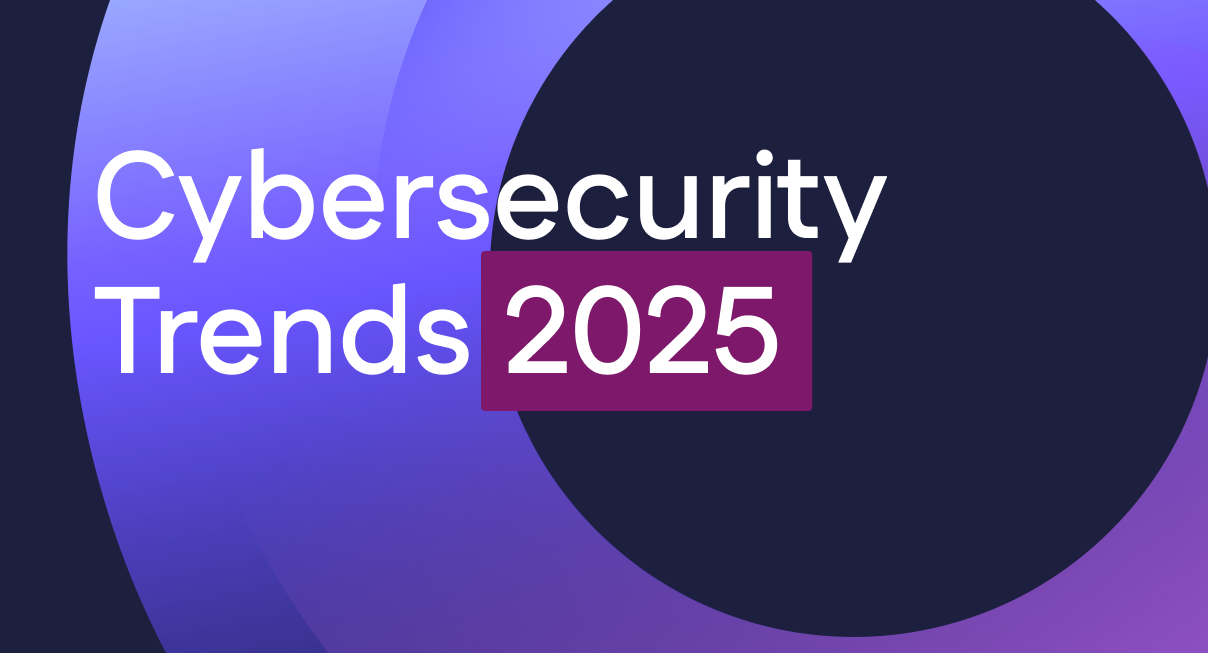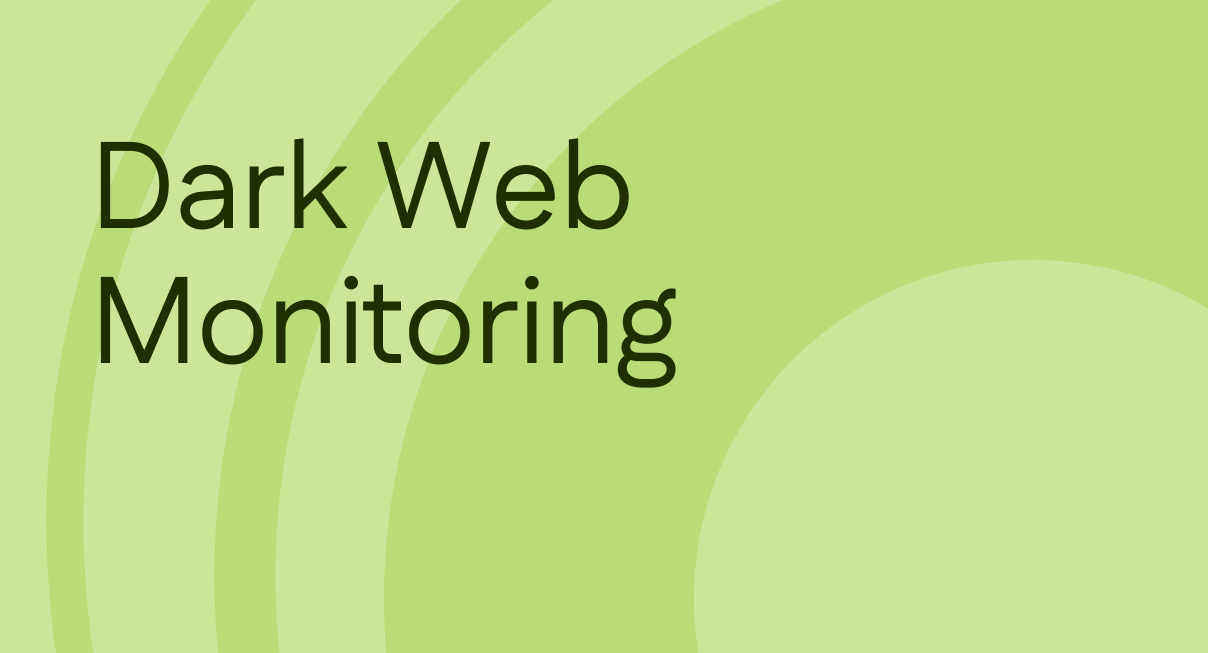Beyond Vulnerability Management: Managing Cyber Risk Holistically
To keep your organization secure against cyber threats in an age when data and workloads are dispersed across multiple computing environments, you need take an all-encompassing approach to risk management. Vulnerability management, while essential, is just one piece of the puzzle. To safeguard your organization effectively, consider multiple parameters when assessing cyber threat exposure and try to gain a comprehensive view of your organization’s cybersecurity posture.

Holistic Cyber Risk Management – What to Assess
- Security Vulnerabilities: Begin with a thorough assessment of security vulnerabilities across your computing environments, including web applications. Run internal and external vulnerability scans and prioritize vulnerabilities based on severity ratings, assets at risk, and organizational context. This approach allows you to address the most critical issues first.
- Sensitive or Critical Data: Most often, it is your data that is the target of cyberattacks. Scan your endpoints, cloud apps, and servers to identify sensitive files, where they are located and who has access. Mitigate risk by either deleting unnecessary data, encrypting sensitive information, moving it to secure locations, or modifying access permissions.
- Operating System (OS) Configuration Settings: Misconfigured operating systems can be a significant security risk. Regularly scan your systems (Windows, Linux, Mac) for misconfigurations or weak configuration settings based on specific standards like the CIS Benchmarks or DISA STIGs. Remediate these by modifying settings to enhance security.
- Compliance Percentage: Be aware of which regulatory compliance frameworks apply to your organization. Conduct regular gap assessments and remediation activities to get closer to or maintain compliance.
- Asset-Specific Cyber Risk: Leveraging cybersecurity tools to assess risk at both an organizational level and a more granular per-asset level is essential. By getting this level of visibility, you can tailor your risk mitigation efforts effectively and allocate resources where they are needed most.
- Root-Cause Analysis: Don’t just focus on severity ratings when prioritizing vulnerabilities. Examine vulnerabilities within their specific contexts. Understand where they originate, how they are related, and their overall criticality to prioritize risk mitigation based on the broader context.
- Patch Status: Keep a close eye on the patch status of high-priority vulnerabilities. Introduce accountability into the patching process, and reassess after patch applications to ensure vulnerabilities are effectively addressed.
- Monetary Value of Sensitive Data Assets: Find out the monetary value to your sensitive data assets – be aware of what different data categories are worth on the dark web. With this information, you can prioritize data protection efforts by focusing on the most valuable assets.
- Cyber Risk in Monetary Terms: Estimate the financial impact of potential cyber incidents that may hit your organization. Putting a dollar value on risk allows for better strategy creation, alignment with business goals, and effective risk prioritization.
- Organizational Data on the Dark Web: Stay vigilant by monitoring the dark web for any leaked or stolen data related to your organization. This proactive approach can help you detect threats early and stop any ongoing damage.
By expanding the scope of your cyber risk assessment to include all the factors listed above, you can create a well-rounded cybersecurity program and manage risk holistically. As computing environments and work models become more complex, a comprehensive risk-management approach is essential to stay ahead of cyber threats and protect your organization’s valuable assets and reputation. Remember, effective cybersecurity requires ongoing vigilance and adaptation to address emerging threats and ever-evolving risks.
Overall Cyber Risk Assessment with CYRISMA
CYRISMA’s all-in-one cyber risk management platform enables organizations to get a holistic view of their cybersecurity posture and manage risk in a well-rounded and streamlined manner. Simply complete a set of vulnerability, data and secure configuration scans to generate an overall risk report that collates key findings in an easy-to-read format.
Latest updates
View allTurn risk and compliance into revenue
Get a Demo








